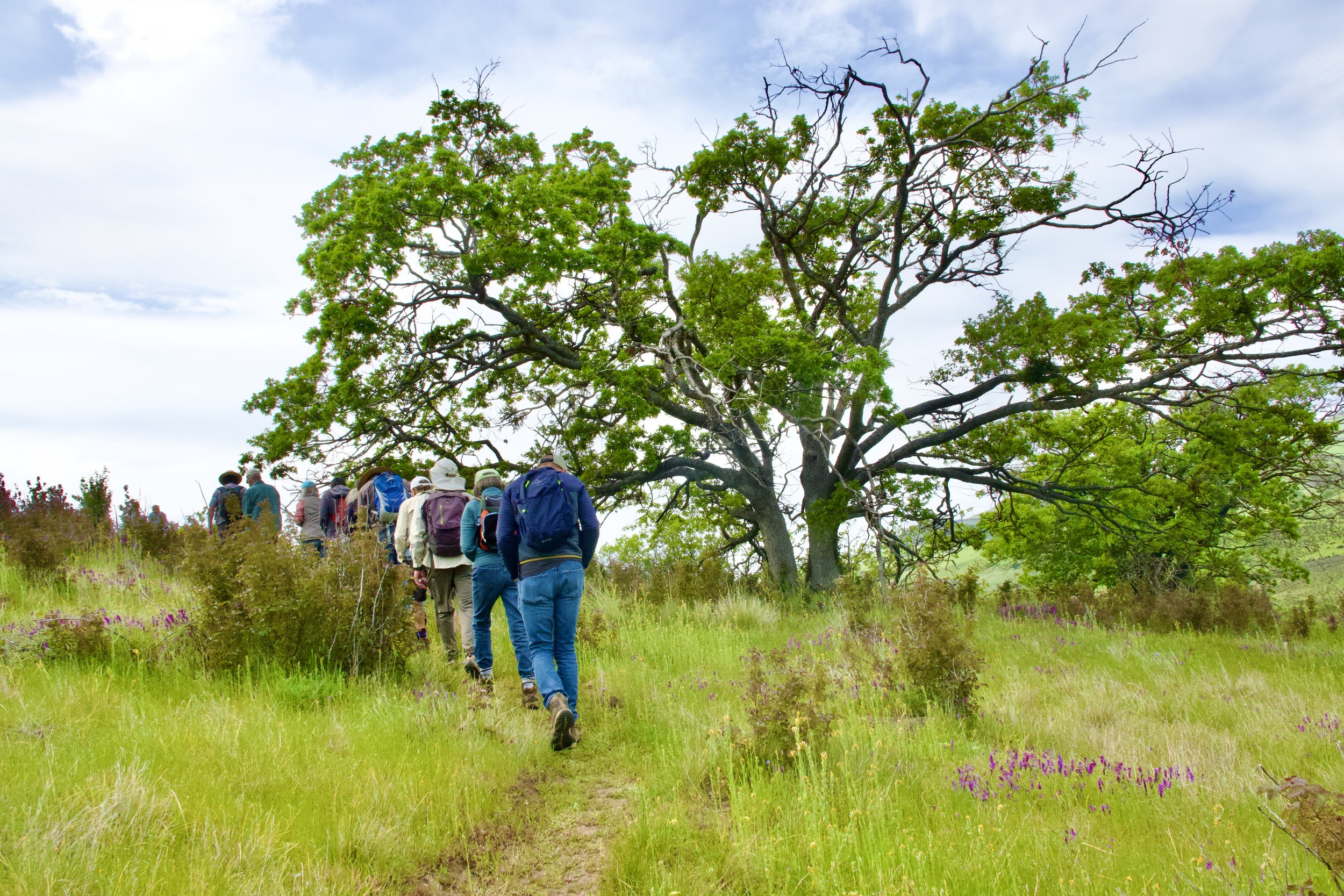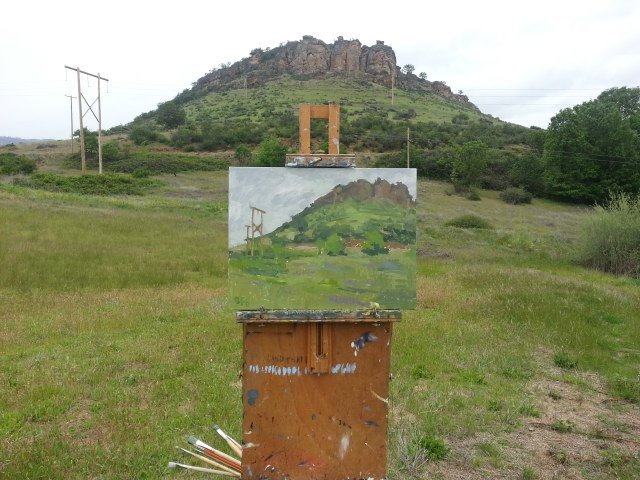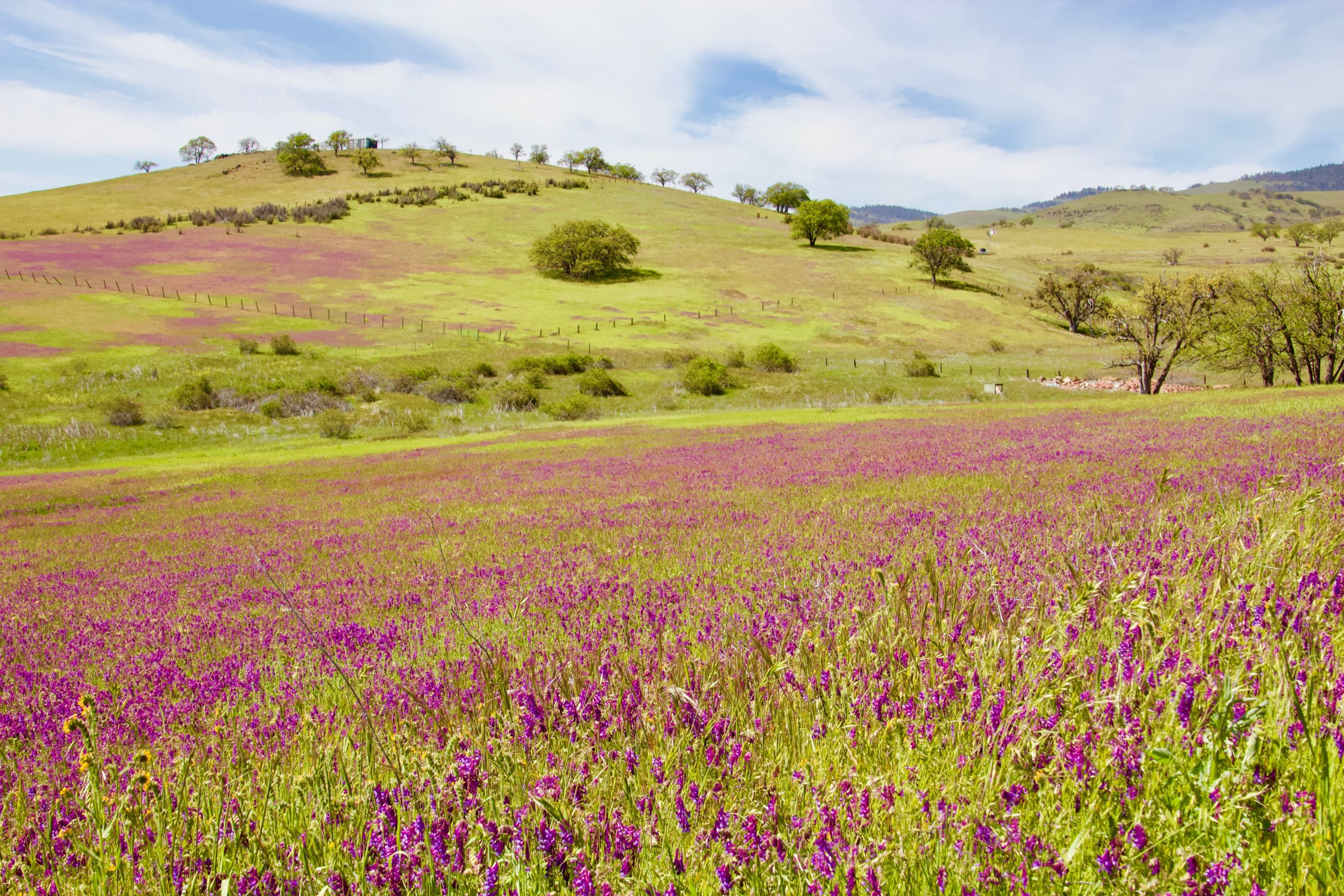Rogue River Preserve Interactive Map
Grades 3-5
The map, which includes Spanish translations, is hosted on Google Earth and can be found at https://bit.ly/31KFri0. Use this same URL to share the map with students.
SOLC hosts a publicly-accessible Google Drive folder that houses all of the Teacher Guides and supporting resources referenced in the lessons.
All of the documents and resources on the Drive have read-only permissions. If you would like to use the interactive components with your students, email tara@landconserve.org to be added as an editor.
Several of the lessons and activities align with Next Generation Science Standards (NGSS) Disciplinary Core Ideas, Crosscutting Concepts, and Practices of Science and Engineering. See the Teacher Guides for more information.
Content and Lessons
Introductory Tour: Our overview of the Rogue River Preserve begins with an acknowledgement of the Indigenous peoples who have stewarded the land since time immemorial. It then introduces students to several habitats of note: vernal pools, oak woodland, floodplain forest, and the river itself. At each stop, students are invited to explore Google Earth tools for interacting with the satellite imagery, and they are prompted to make observations and ask questions about what they see. This quick activity is self-paced and can be completed asynchronously. Please note that there are no supporting resources and no Teacher Guide for this activity.
Habitats: For each of the key habitats at the Preserve—vernal pools/mounded prairie, oak woodland, floodplain forest, and the river itself—the map offers a visual outline of the habitat, a written overview, and a brief video, along with a link to a gallery of characteristic species. Check back soon for more species galleries and for 360-degree interactive photos in each habitat. There is no Teacher Guide for this component of the map; students may explore the habitats on their own or refer to them during other lessons.
Nature Mysteries: In this lesson, students solve a real nature mystery filmed at the Rogue River Preserve. After watching a video that shows the scene and its surroundings, students work collaboratively and individually in Google Slides to articulate their observations, build their hypotheses, and develop a consensus model about what must have happened to create the scene shown in the video. This lesson is most effective as a synchronous activity, but the Teacher Guide offers suggestions for adapting it for asynchronous situations. Teacher Guide and Google Drive folder
Trees, Snags, and Logs: After filling in a Venn diagram to capture their initial ideas about the roles of live and dead trees in an ecosystem, students read an article and watch a video about snags and logs, and then create an argumentative slide or poster to convince an audience of the importance of dead trees. This lesson is written for synchronous learning but is easily adapted for asynchronous settings, as described in the Teacher Guide. Teacher Guide and Google Drive folder
Salmon and the River: The Interactive Map offers a brief overview of salmon in the Rogue River. Use this as an introduction to the Oregon Department of Education’s lesson, Salmon and the River, which is part of the 4th grade curriculum for SB 13 Tribal History/Shared History. Please note that this lesson was written for in-person classroom settings, but can be adapted for online learning.
Fire and Succession: The Interactive Map provides students with a brief overview of wildland fire, controlled burns, and the importance of fire in many ecosystems. Use this as an introduction to the Southern Oregon Fire Ecology Education (SOFEE)’s Fire and Succession Interactive Storyboard lesson, which uses interactive Google Slides to introduce students to the role played by wildland fire in maintaining thriving, biodiverse forests. Please note that the original lesson plan was written for in-person classroom learning, but SOFEE has adapted it for online learning. Resources available here.
Kinship Clusters: Western science tends to organize like with like: a field guide will list all of a region’s tree species together, all of its birds in a separate section, and all of the insects in yet another chapter. By comparison, traditional Indigenous ways of knowing tend to organize ecological information around the relationships between plants, animals, and the landscape’s physical characteristics. In this lesson, students first arrange data based on Western scientific classification systems, then they reorganize the same information to reflect the Indigenous approach of highlighting interdependence among species living in a particular habitat. Teacher Guide and Google Drive folder
Reflection: Designed as a bookend for the Interactive Map experience, this activity invites students to consider what they’ve learned, done, and explored at the Rogue River Preserve, and it is suitable whether students have participated in any or all of the activities on the map. Please note that there is no Teacher Guide for this activity.











